
WE GET A LOT OF REFERENCE QUESTIONS AT THE KING COUNTY LAW LIBRARY.
THE REFRAIN GOES THAT BECAUSE WE AREN’T PRACTICING ATTORNEYS, WE CAN’T OFFER LEGAL ADVICE—AS LIBRARIANS, WE CAN ONLY OFFER RESOURCES.
THAT SAID, SOME QUESTIONS ARE VERY INTERESTING & INSPIRE ME TO DO SOME RESEARCH OF MY OWN, COLLECTED HERE IN THIS COLUMN. DON’T CONSTRUE THIS AS LEGAL ADVICE!
****************************************************************************************************************************************
Welcome back to Ross’ Ref Q’s. We had a bye month in July, and to get the Ref Q wheels turning once again, August’s Q is… something of a nothingburger. Instead of highlighting interesting reference strategies, this Q allows me to ruminate on the limits of human capacity and the nature of regret. No, I’m not fun at parties.
The question came from who I assumed was an attorney-type:
Who is defined as a common carrier “passenger” in Washington?
My little knowledge of common carriers comes from reading about the political movement to treat internet providers as common carriers. What they are are essentially logistic companies responsible for transporting goods or services and that are available to the public. Operating as a common carrier opens you up to certain liabilities, because you’re establishing a duty to your passengers or payloads.
Which is enough of a background to ask, well, who is considered a passenger?
The question came in a month or two ago, and I’m unable to faithfully replicate the information search on which I embarked. I know that I opened up Westlaw and therein the digital version of Washington Practice, as I typically do, and I believe I tried using the search box for “common carrier” in the Civil Procedure and Elements of an Action volumes. Why these? I believe the patron suggested Elements of an Action, which I latched onto. Civil Procedure was probably just force of habit. These aren’t an apt fit though, in hindsight, and as such they returned no results. At that point, I think I was flustered and backed away from state-specific resources, and instead retrieved the CJS volume that dealt with common carriers, and sure enough there was a section on what constitutes a passenger. Resource: found. Mission: accomplished-ish.
Returning to the question to see if there was enough meat for this column, I searched all of Washington Practice off the bat, not specific volumes and found… many, many relevant sections: Pattern jury instructions for what constitutes a common carrier passenger in Washington. Lengthy sections in the Torts volume that deal with this very question. How did I miss these? CJS is fine, but these are state-specific and I mean, literal jury instructions (ie plain English statutory heuristics). The Torts volume itself would have ably answered his question, or even the Methods of Practice volume. How did I miss all of this?
I don’t know why I didn’t search more broadly in Washington Practice. And now, months removed, I can’t recall any factors that may have affected me: Was it busy? I don’t remember a line. Was the user impatient? It’s possible, but usually such dispositions don’t influence my work, or I like to think that they don’t. Was I distracted, or was there cause for underperformance? Well, my toddler started daycare in May, and I’ve been sick and harried for most of the time since, which I don’t like to posit- but even so, I routinely locate resources without fail.
It seems to come down to the fact that I’m human and made a mistake, whatever the cause. I don’t consider myself a perfectionist, but even a slight error like this seems to haunt me. Part of it is the ramifications of law librarianship- what if I gave a similarly off base resource to a pro se patron? What if someone relied on an authority I provided, which led to their complete and utter ruin?
That would suck for sure. But I have to remind myself I can only do my best, and admit that in my position, I’m more likely to help someone starting off than ruin someone’s long fought progress – if I were able to knock their action into disarray, as a public librarian, it is likely the situation was tenuous and likely to fall into disarray anyway. Or, that’s what I tell myself to push forward.
But there is some research strategy to be gleaned. Fairly obviously, it helps to start with a wide net, then narrow your focus as you go. In this case, starting a search in Westlaw for the Q in all of Washington Practice would have yielded a book in hand within a minute or so. This is true for other databases and physical resources as well- don’t commit yourself to a single chapter if you aren’t certain it’s what you need.
With that, a related consideration barely worth dwelling on is that I’m sure I latched onto Elements of an Action because the user suggested it. I almost never recommend that volume because there’s usually a better fit, so I suppose the user’s suggestion carried additional weight. I wonder if they hadn’t suggested it, would I have performed a general search off the bat? I can’t say, but it’s worth considering that past experience, that of a user or our own experience, shouldn’t constrain our strategy and should be taken with a small grain of salt. Again, keeping an information search more general off the bat is preferred, because, in this situation, a general search of Washington Practice would have displayed chapters from Elements of an Action anyway, if they existed.
There’s also the matter of defining good enough. From what I recall, the attorney was grateful for the CJS chapter and carried on his way. If the user was happy, it’s possible that resource was “good enough.” I should smile more.
Join us next month for another great Ref Q—hopefully one less suited to my depressive inclinations. シ

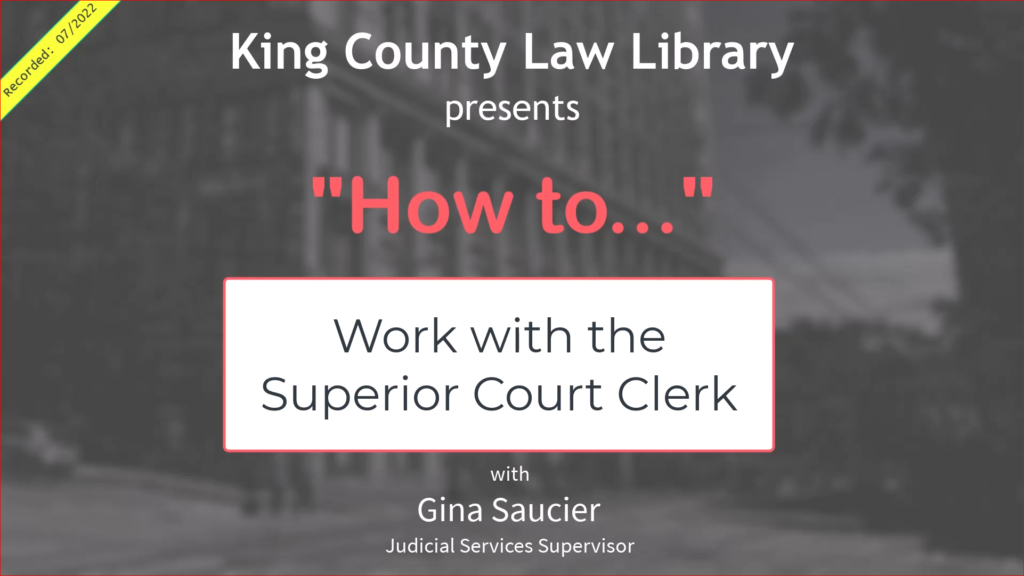
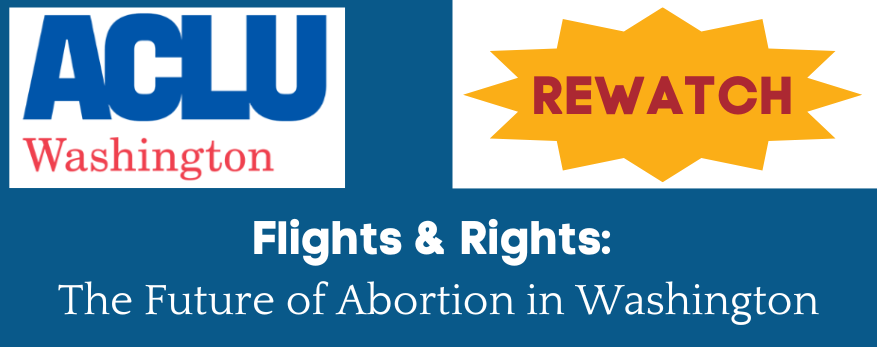
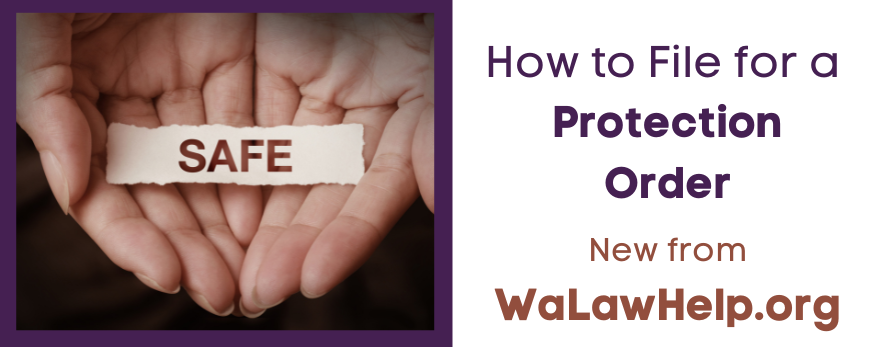

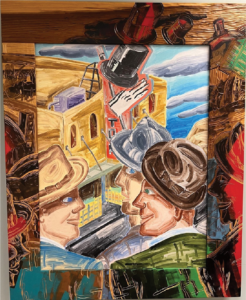 When you first walk into the library and look to your left, you’ll see a large colorful piece by Patrick Siler called The Meeting. This lithograph depicts three men wearing hats gathered. This piece is interesting in that the frame isn’t just a frame but is part of the art. The frame is carved and extends the scene depicted. This is probably the most colorful of the pieces in the library.
When you first walk into the library and look to your left, you’ll see a large colorful piece by Patrick Siler called The Meeting. This lithograph depicts three men wearing hats gathered. This piece is interesting in that the frame isn’t just a frame but is part of the art. The frame is carved and extends the scene depicted. This is probably the most colorful of the pieces in the library.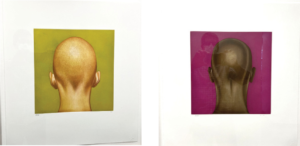 Near the state Supreme Court Briefs, you’ll find a painting of a teacup waiting to be filled by the steaming blue and white jug and maybe a cherry as a sweet treat. This painting, titled Jug, was done by local husband and wife duo Julie Paschkis & Joe Max Emminger. Though each artist has their own style they were able to collaborate and create a piece that looks seamless
Near the state Supreme Court Briefs, you’ll find a painting of a teacup waiting to be filled by the steaming blue and white jug and maybe a cherry as a sweet treat. This painting, titled Jug, was done by local husband and wife duo Julie Paschkis & Joe Max Emminger. Though each artist has their own style they were able to collaborate and create a piece that looks seamless Finally, I want to draw your attention to a few pieces that are tucked away in conference rooms. The first, a charcoal drawing by Douglas Cooper, can be found in our Legal Research and Training Center. Mr. Cooper is also responsible for the murals on the first floor of the courthouse. The drawing is called South Seattle Bridge and depicts the Jose Rizal Bridge looking towards Elliott Bay. In conference room one, you’ll find a Brad Brown piece called Third Drift 46-54 which is made up of nine squares that are composed of different torn pieces of paper. In conference room six there’s a photo of a fountain surrounded by a fence with what looks to be signs leaning against it. Fountain #1 by Jeff Krolick reminds me of a reflecting pool where you might want to sit and enjoy the sunshine for a bit.
Finally, I want to draw your attention to a few pieces that are tucked away in conference rooms. The first, a charcoal drawing by Douglas Cooper, can be found in our Legal Research and Training Center. Mr. Cooper is also responsible for the murals on the first floor of the courthouse. The drawing is called South Seattle Bridge and depicts the Jose Rizal Bridge looking towards Elliott Bay. In conference room one, you’ll find a Brad Brown piece called Third Drift 46-54 which is made up of nine squares that are composed of different torn pieces of paper. In conference room six there’s a photo of a fountain surrounded by a fence with what looks to be signs leaning against it. Fountain #1 by Jeff Krolick reminds me of a reflecting pool where you might want to sit and enjoy the sunshine for a bit.
